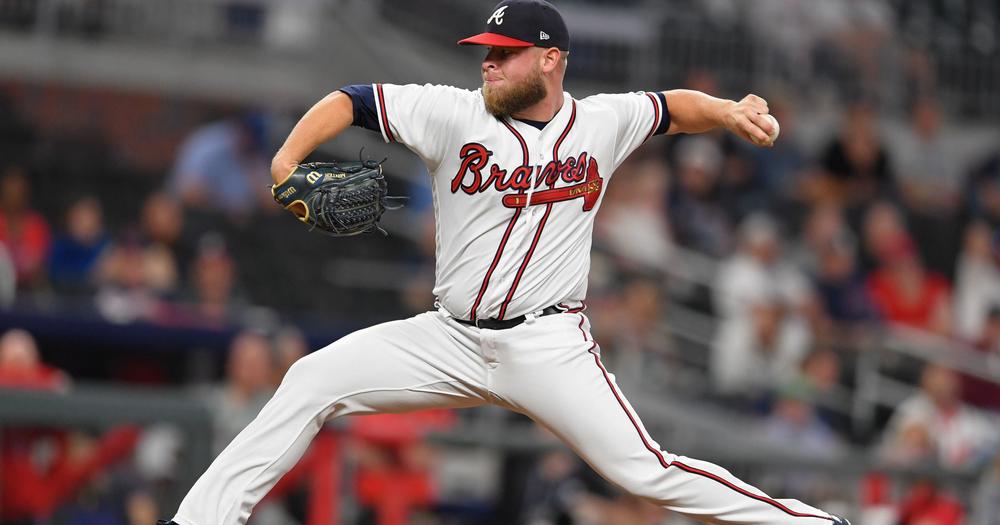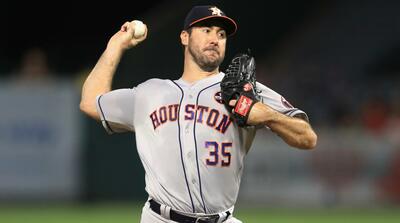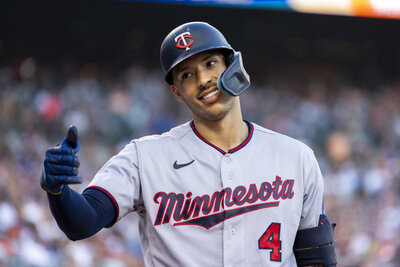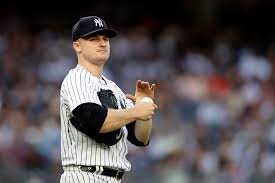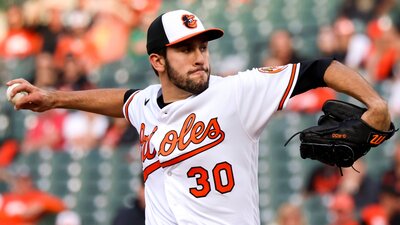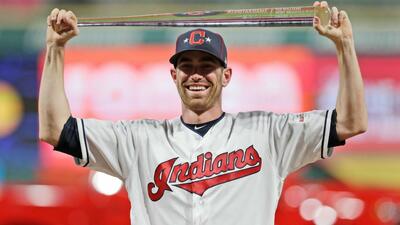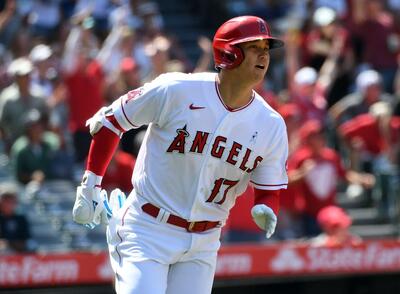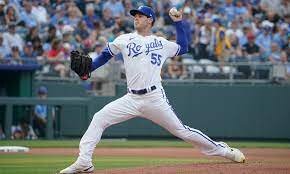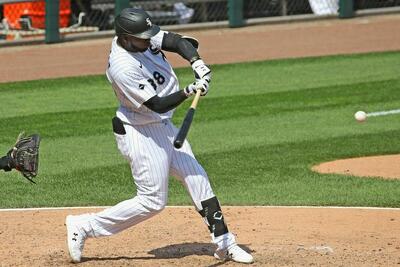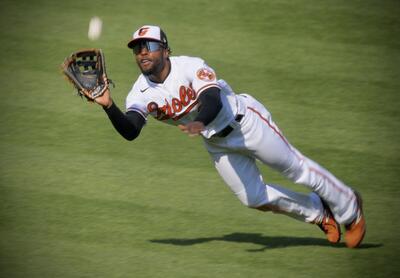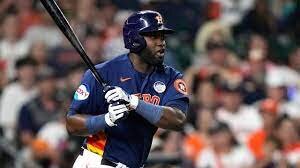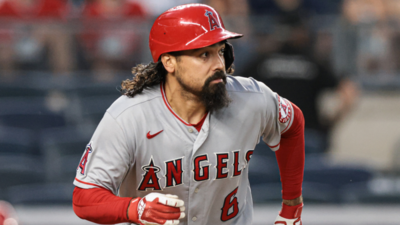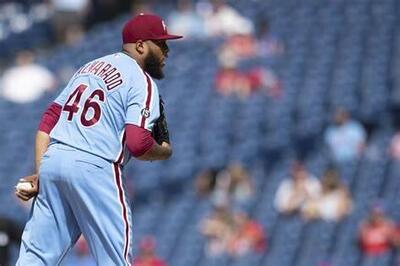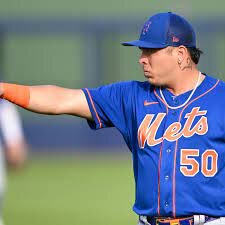Who are the best bullpens in baseball? Who are the worst? As fantasy owners, should we even care? While this is a column that focuses heavily on closers and saves, bullpen quality is one of the most important aspects of fantasy baseball, in both season-long and daily fantasy.
For season-long, one of the best attributes a starting pitcher can possess is having a quality relief corps behind him to maintain his lead after he leaves the game. For daily fantasy, much attention is spent focusing on the starting pitcher quality, but in an era where pitchers are pitching deep into games in fewer situations, it remains very possible that hitters will only see 2-3 plate appearances against the starting pitcher, yet could see 1-2 plate appearances against the relievers, especially for the hitters hitting near the bottom of the batting order.
So we've established the importance of bullpen quality, but what exactly is the best measure to determine bullpen quality? Is it ERA? Is it OBP? Is it K%? In my humble opinion, all of these metrics have a place. Like anything in fantasy baseball, no one statistics is a silver bullet and oftentimes context is important. For example, the Orioles bullpen currently has an ERA of 5.95 and an xFIP of 4.94, so it shouldn't come as a surprise that their HR/FB rate is 21.4%. Where does xFIP fit into this discussion, a metric that essentially says sample sizes vary, so taking defense and luck on homeruns out of the equation, it paints a more accurate representation of a player's performance. On a team level, defensive metrics should be considered reflective as a team because on the whole, the defense has earned whatever they have performed. Similarly for HR/FB rate, park factors play an important role in a team's ability to keep batted balls in the yard and Camden Yards is one of the more hitter-friendly parks in the bigs, meaning a higher-than-average HR/FB rate should be expected. As a result, it's my opinion that metrics like FIP, xFIP or SIERA should be emphasized less for team-level statistics than they are for specific players.
Below are the team metrics for each MLB bullpen:
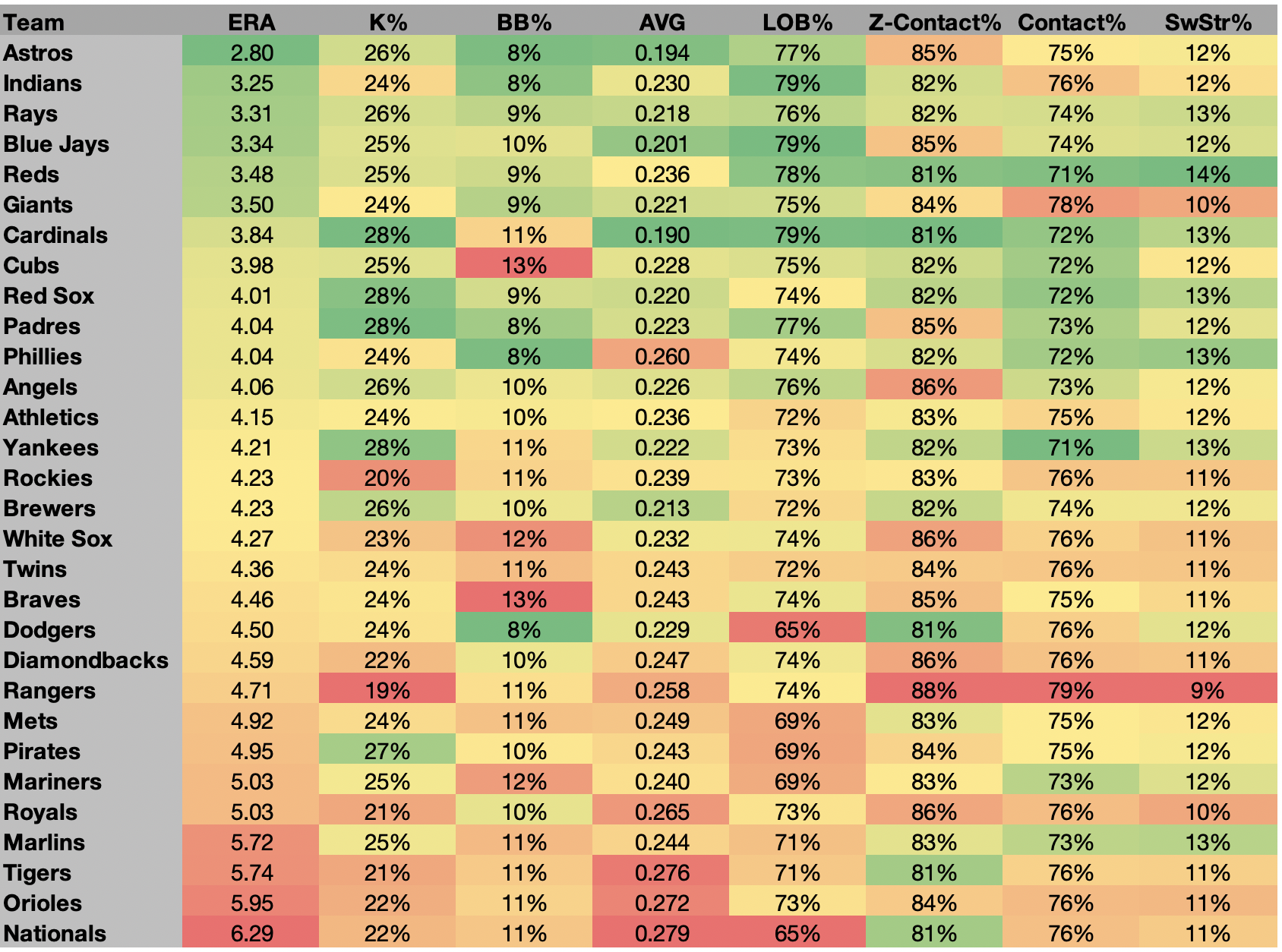
Once again, it's important to realize that statistics for bullpens can swing very quickly over the course of just a handful of games. Nonetheless, this is a nice visual representation of the teams you want to actively target streaming pitchers from (the ones at the top) and the teams you want to target your hitters in DFS to play against (the ones at the bottom).
Around the League:
-It's been another terrible week for the Atlanta bullpen and now it looks like AJ Mintermay get sent down to Triple-A where he can work on figuring out his mechanics. That means the job will most likely fall to Luke Jackson, although he blew his save chance on Thursday. Can someone please give Craig Kimbreldirections to the new stadium? Luke Jackson does check a lot of the boxes we like to see from relievers, including an elite 70.5% ground ball rate and above average 13.3% SwStr%. Jackson has never posted a groundball rate anywhere near those levels, but it may be explained by his increased use of his slider this season, a pitch that has an incredible 3.17 wSL/c.
-The Cubs were forced to placed Pedro Stropon the injured list when more hamstring tightness. Strop had reportedly been battling renewed tightness in his hamstring since his April 28thouting and had tried to pitch through it until his blown save earlier this week. The Cubs will likely want to take their time to make sure he fully heals since this is a recurrence of an injury from the end of 2018 and spring training. In the interim, the Cubs probably will actually use a committee, but Steve Cishekis the best bet for saves.
-Texas placed Shawn Kelleyon the injured list this week, meaning it'll either be Chris Martinor Jose LeClercback in the 9thinning for the Rangers. For what it's worth, LeClerc had been pitching better up until Thursday when he walked three and allowed a run to score. He still might have a shot at reclaiming his job, but Martin seems like the primary closer to owner for now.
-Anthony Swarzakcontinues to struggle for the Mariners giving up 7 earned runs over his last 6 appearances and at least one run in all but one of those games. His 12:7 strikeout-to-walk rate is ugly and while his 45.5% HR/FB rate is probably unsustainable, it also doesn't bode well for his chances of remaining the closer. At this point in time, there really aren't many good other options (see the bullpen ratings above), but Swarzak is skating on thin ice. Roenis Eliashas scoreless innings in 5 of his last 6 games.
-Taylor Rogerssaved another game for Minnesota and seemingly has join Blake Parker as the Twins dual closing options. Rogers is a lefty while Parker is a righty, so expect the duo to contue to be matchup-based plays moving forward. Considering in-game substitions in fantasy are not allowed, this is a messy situation that should be avoided.
-Blake Treinen returned to the mound two clean innings on Wednesday after dealing with an injury scare for much of the last week. Treinenhasn't pitched as dominant this season and one wonders if the oft-injured closer is healthy.
-Did you know the Rays have 3 relievers in the top-6 in MLB in terms of average fastball velocity? Jose Alvarado (99.2), Diego Castillo (98.7)and Ryan Stanek (98.5)form the trio. Don't ask me who is closing the games.
Closer Tiers and Handcuff Grades:
Want to see our closer rankings? Subscribe today!

